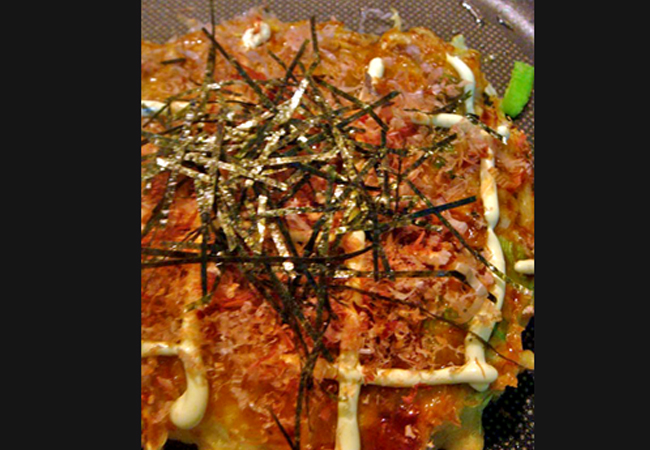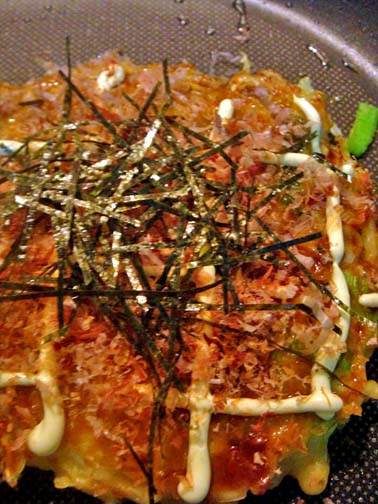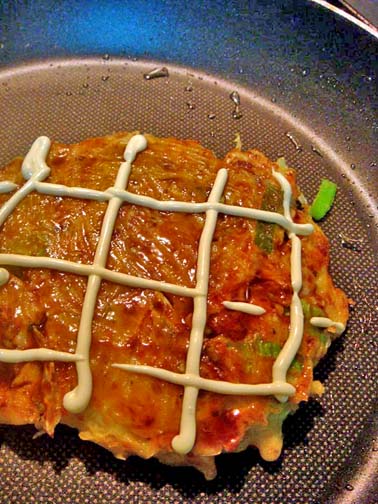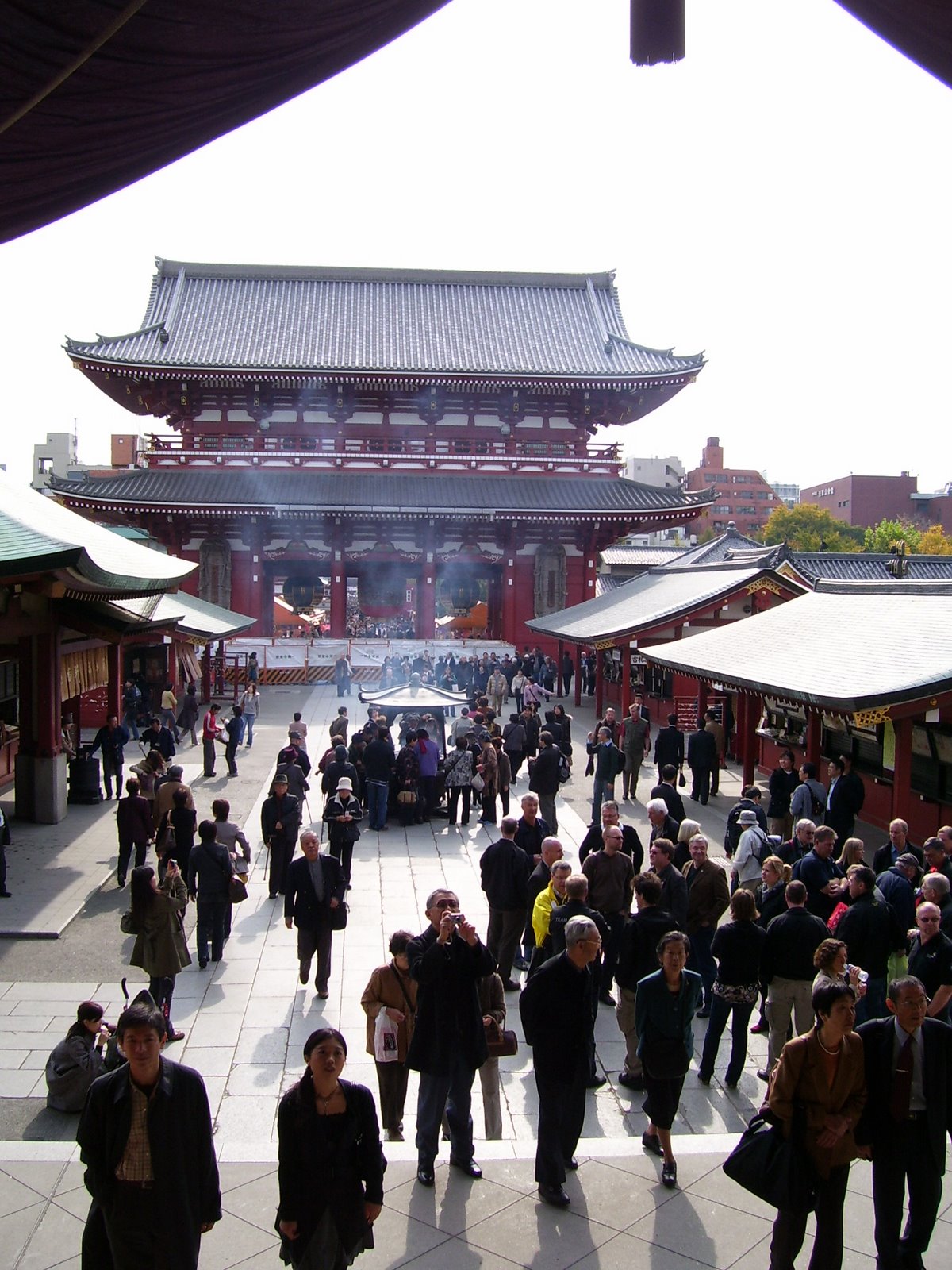Mom said it felt like sending me off to my first day at kindergarten all over again.
I was surprised that all throughout the plane ride, I didn’t have anxiety attacks as I did as child. I was completely calm. I was at peace with my purpose and actions. As I arrived Narita airport, a floodgate of memories were rammed open. It was my third time to step into Japan —but the first time as an adult.
Alone.
Initially, I was frightened and overwhelmed by the idea of going all by myself for an ocular of a high-end design trade fair. But when my visa was granted on a last minute application in just two days, I knew I was meant to leave. I must admit I had my pre-conceived realities of the culture in the land of the rising sun being very serious, formal and rather impersonal.But as I made that decision to leave, all I had aside from my check-in luggage and my laptop was a staunch heart filled with nothing but courage. I chose to challenge my wits, for the global success of our company and the team players who rally behind each other. That saying, “No guts, no glory” and the theme of Rocky IV snowy-mountain scene were playing in my head all throughout my flight.

Going to the venue of the trade fair was a sight to behold — it looked like a gargantuan space ship that landed by the bay of Tokyo. The three-minute windy and chilly walk to the fair was accompanied by a brisk sea of black-suited men and women. It was overwhelming, I kid you not. Filled with exhibitors from across the planet, it was slightly intimidating at first as I saw names like Minotti, Disney, and other big names in the design industry. After I let that feeling pass, I felt honored to relish in the presence of fantastic and leading talents from all over. It was inspiring.It was amazing.
It took me two days to finish going through all 600 booths. I was left with one and a half days to trot around the city. And gallop at full speed I did.

My hotel was located at the border of Tokyo — meaning it was far from the action of the city. The next hurdle for me to overcome was riding the subway and the monorail. Now see, the only form of commute I do here, aside from driving my own car in Manila, is riding cabs which take me directly where I want to go.
The concierge handed me two maps — a city map and a subway map. The latterlooked like psychedelic noodles printed onto a sheet of paper. The city is mounted on an underground system of moving carriages. My vision blurred for a split-second with all the colors and the symbols and numbers suddenly fusing together. I was terrified all over again. The concierge, Sato and Tanaka, whom I spoke with over the phone, made me a step-by-step instruction and an itinerary to boot ready the next day.
The morning I was supposed to board my first subway by myself, I procrastinated. I sat on the bench for a good thirty minutes just watching the people hurriedly go in and out of the underground cars.

Finally, I got tired of delaying so I just ran right in before the doors closed behind me. Let me tell you this — I never had so much fun by myself in such a long time. It was so easy to follow the maps as the color of the lines on the map matched the colors of the actual signs of the stations. It was a no-brainer even for a greenhorn traveler such as myself. What I also got from the rides of my life was the chance to encounter many people in the process of getting lost.
100% of all the people I asked:
1. stopped what they were doing to listen to me talk in English
2. gave me instructions in Japanese plus lots of body language, and
3. changed their minds and said, “Ah! Come. I take you there!.”
It was totally unexpected.
I always thought they would be annoyed at some foreigner getting lost and interrupting their routine and harried pace. But I loved the fact that they smiled when I approached them as I said, “Sumimasen (Excuse me)”. As they gave me directions, they looked actually happy to have a surprise conversation — from well-dressed businessmenreading the daily, to subway attendants signaling the train to leave, to policemen watching the people on the streets, to drugstore clerks, to old ladies punching in for a ticket and to students listening to their mp3’s. Most of the people I talked to folded their cell phones or laptops, left their own ticket queues and walked me to the right train platforms. And I must tell you, it isn’t a near walk.
Even elderly ladies who couldn’t speak English happily showed me how to work the ticket machines and showed me which buttons to press. I also encountered other foreigners who calmly explained whether I was on or off track. I came across this young family whose son took over the conversation and gave me very detailed instructions how to get to the Yurikamone station. His parents beamed at him.
Once during the trade fair, I set out on a dare to myself to point to a restaurant at random on a map and see if I could find my way. Needless to say, after people signaled they couldn’t understand me, or didn’t know the resto, I got lost and was way off track. I found myself in a rather deserted corridor that led to a taxi and bus stand. No diners in that area. Mind you, eating in Japan could be a surprise unto itself because I couldn’t fully understand what my meal was about.. I never perfectly knew what to expect because pictures weren’t always available
At that point, my feet were aching mad in my high heels. I wanted to call it quits and just go to the common areas where all the diners were. Then I saw a tall, well-dressed man (actually, they’re all well-dressed!) with his laptop trying to do wi-fi on the stairs. I took another chance, as I wearily said, “Sumimasen. Do you speak English?”Not only did Shibata speak English, he was also one of Japan’s government volunteers sent to the Philippines in 1991 to help in the Mt. Pinatubo disaster. He regularly shuttles in and out of the country to help in trade relations between our country and his. He not only gave me instructions, but he stopped doing his email, shut his laptop and brought me all the way to that resto I randomly chose.
During my trip, I also made it a point to observe universal kindness.

As an old man in tattered pants hobbled into the subway, I noticed from my peripheral that something fell off his pocket on the platform — his weathered wallet. The woman behind him saw my alarmed face through the window and saw the wallet — she picked it up and ran all the way in the subway to catch the man to hand it back and left without expecting a word.
One time I asked a middle-aged lady with her octogenarian-looking mom about the train to Ueno. She gave me some instructions strictly in Nihonggo. I gathered the meaning, and headed to where she was pointing. Then she chased after me. I realized she gave me the wrong instructions. Both mother and daughter started to give me directions at the same time in a language that sounded to me like nothing but melodies. I started to laugh at my own helplessness, as I said “Wakarimasen (I don’t understand)”. She kept repeating, “Ichi! Ichi!” I knew ichi means one, but I thought — one what?” She signaled to stay by her side. When the train doors opened, she crossed her arms to form an X and said “I-ye” which means “no.” That was when I realized she meant, “Wait for one more train”. When I boarded the train amidst the sea of exiting commuters, I saw her look around and as she spotted me, she gave a nod of approval, and an OK sign.

On a deserted station after 7 hours of racing through the streets and Asakusa temple to the glittery world of techie Akihabara, I just wanted to get home. I had no one to ask except for this lone pretty teenager who couldn’t speak English. I just said, “Train to Ariake?” She signaled that she wasn’t sure. When she saw my distress, she made a gesture to wait, as she rushed into the open doors of the sub. I saw here look at the route posted on the wall, then she looked at me to hurry inside and motioned that it was the correct car. Then she hopped out and the train doors closed and whooshed towards Ariake before I could fully say thank you.
I only had 36 hours, including 14 hours of sleeping, to cover three areas — the shrines of Asakusa, gadget wonderland of Akihabara and wacky Shibuya near Harajuku. It was no easy feat for the feet as I was billeted 45 minutes away from everything by subway and monorails and I also allocated 30 minutes of “lost” time per way.
In my total of 96 hours spent in the land of sushi and Tokyo street-fashion — I experienced a tremendous level of hospitality and warmth not commonly known to many, from people whose names I’ll never know. Most of all, I experienced the human yearning to reach out and connect— regardless of words, regardless of language.My own, and those of others.

At this point, I felt I had stumbled upon a very, very good secret.
Truly amazing.













Recent Comments